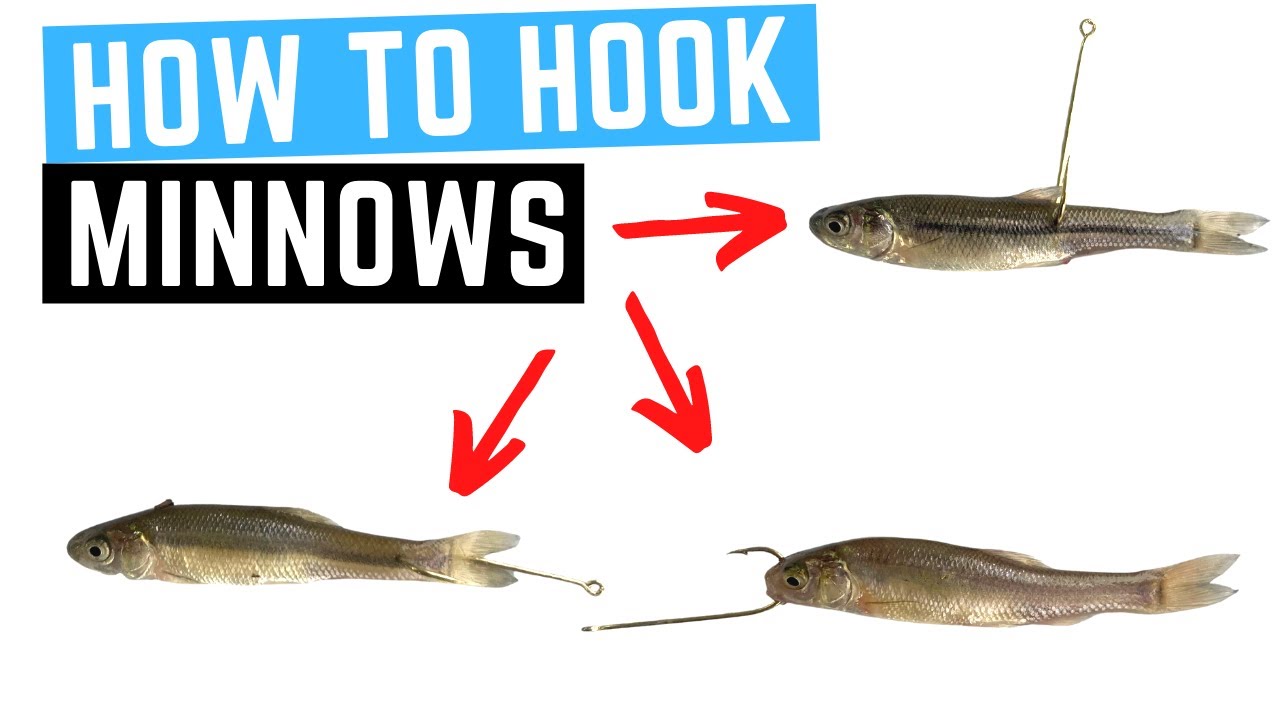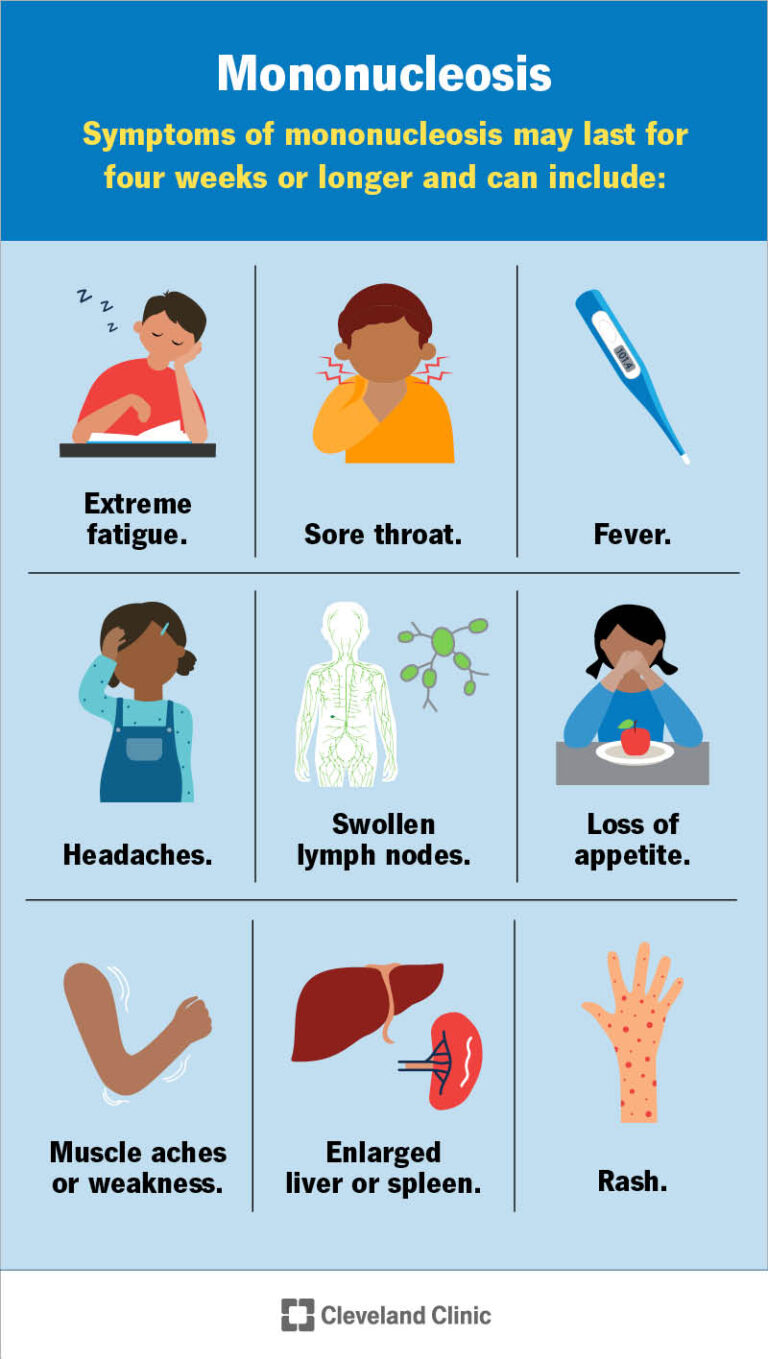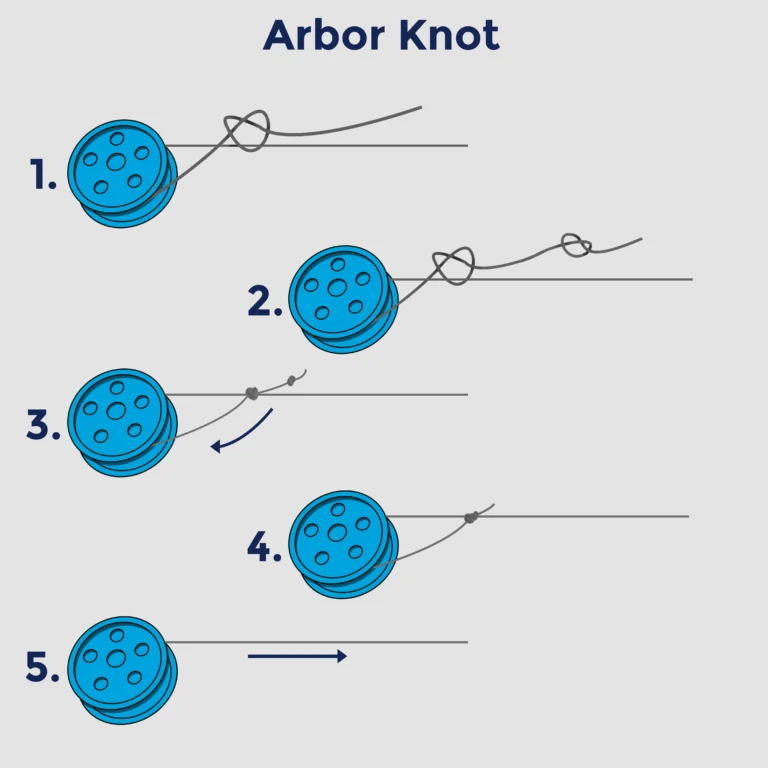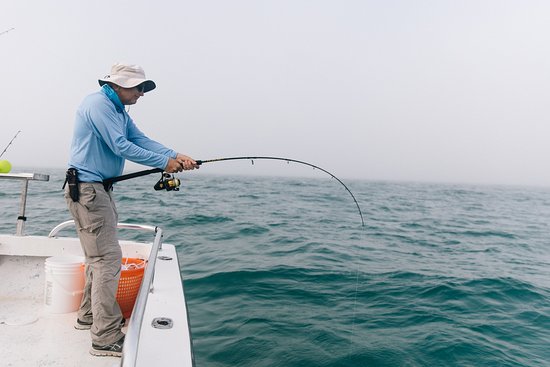How to Hook a Minnow on a Hook

To hook a minnow for fishing, pierce the hook through its lip, back, or tail. Choose a method that allows for natural movement and keeps the minnow alive longer.
Effective angling often hinges on the use of live bait, and minnows are a favorite for many freshwater game fish. A rightly hooked minnow can mean the difference between a successful catch and a fruitless cast. The skill of hooking a minnow entails not only securing it to your hook but also ensuring it remains lively and enticing to predators.
Once mastered, this technique can significantly improve your fishing trips, making them more productive and rewarding. It’s crucial to handle the bait gently and use the proper hook size to prevent unnecessary harm, thus offering a presentation that’s irresistible to fish. Whether you’re a novice angler or a seasoned fisherman, learning to expertly hook a minnow will undoubtedly elevate your fishing expertise.

Credit: tailoredtackle.com
Why Minnows Are A Top Bait Choice
Minnows rank as a top bait choice for many fishers. Their vivid movements lure in a variety of fish. Freshwater and saltwater species alike can’t resist them. Anglers praise minnows for their effectiveness in different conditions.
Live bait like minnows imitate natural prey, enticing fish.
| Fish Species | Attracted By |
|---|---|
| Bass | Erratic Swimming |
| Walleye | Flashing Scales |
| Trout | Quick Movements |
| Crappie | Schooling Nature |

Credit: www.legendboats.com
Selecting The Right Hook And Minnow
Selecting the right hook size is crucial for successfully fishing with minnows. A small hook could mean the minnow won’t stay secured, while a large hook might hinder its movement. Typically, a hook size ranging between #8 and #1 is ideal, varying with the minnow’s size. Opt for a sharp, fine-wire hook to ensure minimal damage to the minnow, allowing it to swim naturally.
Equally important is the choice of healthy, active minnows. Look for those with bright eyes and vibrant colors, as these are signs of good health. Active minnows tend to attract more fish due to their lively movements. Store them in cool, oxygenated water to maintain their vigor until you are ready to cast your line.
Preparing Minnows For Hooking
Minnows are delicate creatures that require gentle handling. To ensure they remain lively and healthy until you’re ready to use them, follow these tips. Firstly, always wet your hands before touching the minnows. This reduces stress and removes less of their protective slime coating.
Keep them cool in a well-oxygenated container with clean water. Change the water if it becomes dirty, as this can harm the minnows. Aeration devices can sustain oxygen levels, which is crucial for their survival. Minnows thrive in temperatures between 50 and 70 degrees Fahrenheit.
Hooking Techniques For Minnows
Hooking minnows correctly can dramatically increase your chance of catching fish. Place the hook through the minnow’s lips or nostrils for a secured position, ensuring they remain alive longer while swimming. This method is ideal for slow-moving waters where precise control is necessary.
An alternative technique is back hooking, which involves inserting the hook on the dorsal side. This allows the minnow to move naturally, attracting predators effectively. It’s best for fishing in currents where minnows need to demonstrate active movement.
For a more erratic action, try tail hooking. Pierce the hook near the minnow’s tail to create an unusual motion. This method can trigger strikes from curious fish, ideal for open water where flashy movement gets noticed.
Casting And Presentation Tips
To prevent minnow injury while casting, use gentle motion. This keeps the bait alive longer, ensuring a natural presentation. A lively minnow attracts more fish, improving your chances of success.
Employ a light flick of the wrist rather than a full arm cast. This method reduces stress on the minnow. Present the bait as naturally as possible by mimicking its movements in the water. This technique can make a significant difference in your fishing experience.
Maintaining Minnows On The Hook
To ensure minnows stay on the hook, regular checks are key. Swiftly inspect the bait during fishing to confirm it’s still active and secure. With time, minnows can become fatigued, lessening their effectiveness. In such cases, adjust your hooking method to renew the bait’s vigor. For instance, gently re-hooking the minnow through different spots can provide it with new energy.
Make adjustments if you notice the minnow’s movement slowing down. Consider switching to a livelier minnow to maintain attractiveness to fish. Remember, an animated bait is usually more appealing to predators. Keep your minnows looking lively, and your fishing should be productive.

Credit: www.pinterest.com
Frequently Asked Questions For How To Hook A Minnow On A Hook
What Is The Best Way To Put A Minnow On A Hook?
To hook a minnow effectively, thread the hook through its lips, back, or tail. Ensure it’s secure but allow for natural movement.
How Do You Rig Minnows For Bass?
To rig minnows for bass, hook them through the lips or back for live bait presentation. Use a jighead or a hook-and-split-shot for weight, ensuring natural movement. Tail-hooking can encourage a headfirst strike from bass.
How Do You Hook Bait On A Hook?
Thread the bait onto the hook, piercing it through the thickest part. Ensure the hook point is exposed for optimal catch potential. Secure bait firmly to stay on during casts.
Do You Use A Bobber With Minnows?
Yes, using a bobber with minnows helps monitor bites and keeps the bait at the desired depth. Attach the bobber above the minnow for effective results.
Conclusion
Mastering the technique of properly hooking a minnow can significantly improve your fishing success. This guide has equipped you with the steps to ensure your bait stays lively and attractive to fish. Remember, practice makes perfect. Grab your gear, head to the water, and enjoy the thrill of your next big catch using your newfound minnow-hooking skills!




